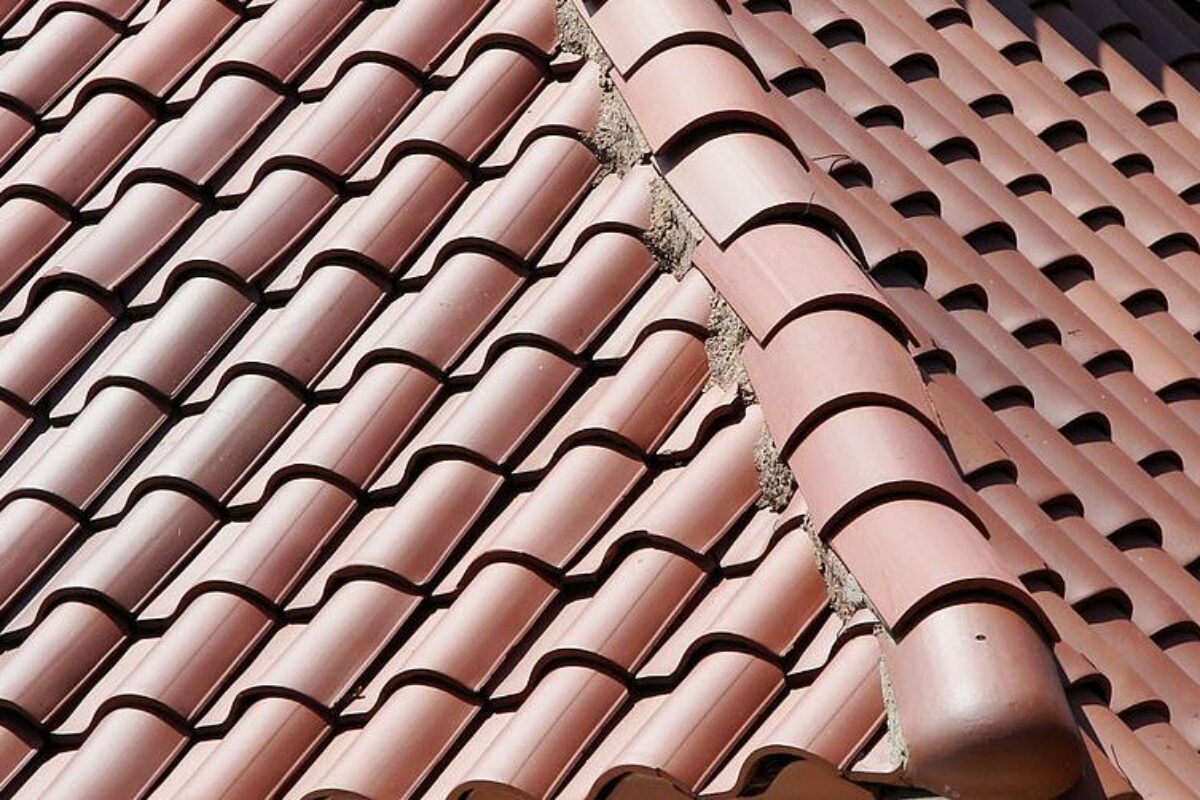

Articles
How Long Does Concrete Tile Roof Last
Modified: January 8, 2024
Learn about the longevity of concrete tile roofs and get expert advice from our informative articles. Extend the lifespan of your roof with valuable tips and maintenance techniques.
(Many of the links in this article redirect to a specific reviewed product. Your purchase of these products through affiliate links helps to generate commission for Storables.com, at no extra cost. Learn more)
Introduction
A concrete tile roof is a durable and aesthetically pleasing roofing option that offers homeowners several benefits. Not only does it provide protection against the elements, but it can also enhance the curb appeal of a property. However, like any other roofing material, concrete tile roofs have a limited lifespan. Understanding how long concrete tile roofs typically last and the factors that affect their longevity is essential for homeowners.
In this article, we will explore the factors that can impact the lifespan of concrete tile roofs, discuss signs of aging and damage, and provide tips on extending the lifespan of these roofs through proper maintenance and repairs.
Before delving into those details, it is important to note that the lifespan of a concrete tile roof can vary widely depending on several factors. These include the quality of installation, climate and weather conditions, level of maintenance, and the overall wear and tear the roof experiences over time.
Concrete tile roofs are renowned for their durability and longevity. When properly installed and maintained, they can easily last for several decades. However, it is essential to understand that even the best-quality concrete tiles will experience some wear and tear over time, necessitating repair or replacement.
Now let’s delve into the factors that can affect the lifespan of a concrete tile roof.
Key Takeaways:
- Proper installation, regular maintenance, and addressing signs of aging and damage promptly are crucial for maximizing the lifespan of concrete tile roofs. Understanding climate impacts and taking proactive measures can also extend the roof’s durability.
- Investing in high-quality materials and professional installation, along with routine inspections and repairs, can significantly prolong the lifespan of concrete tile roofs. By following maintenance best practices, homeowners can enjoy the long-lasting benefits of this durable roofing option.
Read more: How Long Does A Rubber Roof Last
Factors Affecting the Lifespan of Concrete Tile Roofs
Several key factors can significantly impact the lifespan of concrete tile roofs. By understanding these factors, homeowners can make informed decisions about installation, maintenance, and repairs to ensure their roofs last as long as possible.
1. Installation Quality and Techniques: The installation process plays a crucial role in determining the lifespan of a concrete tile roof. A poorly installed roof can lead to premature damage, leaks, and other issues. Hiring a professional roofing contractor with experience in installing concrete tile roofs is essential to ensure proper alignment, secure fastening, and adequate underlayment placement.
2. Climate and Weather Conditions: The climate in which a concrete tile roof is located can significantly impact its lifespan. Areas with extreme temperature fluctuations, high winds, heavy rainfall, and frequent hailstorms can take a toll on the roof. The constant expansion and contraction of the tiles due to temperature variations can lead to cracking and eventually roof failure. Additionally, exposure to harsh UV rays can cause the tiles to fade and deteriorate over time.
3. Maintenance and Repairs: Regular maintenance and prompt repairs are essential for preserving the life of a concrete tile roof. Routine inspections can help identify and address issues such as cracked or damaged tiles, loose or missing flashing, or clogged gutters. Clearing debris, such as leaves or branches, from the roof can prevent water pooling and potential damage. It is also important to address any leaks or water infiltration immediately to prevent further damage to the roof structure.
4. Quality of Materials: The quality of the concrete tiles used in the roof construction can greatly affect its longevity. High-quality tiles that are properly cured and designed to withstand the specific climate conditions are more likely to last longer and resist damage. Cheaper, lower-quality tiles may deteriorate more quickly and require frequent replacement.
5. Foot Traffic: The amount of foot traffic on the roof can impact its lifespan. Excessive walking or any activities that put pressure on the tiles can cause them to crack or break. It is important to avoid unnecessary traffic on the roof, especially in areas prone to damage, such as the ridge or high-stress points.
6. Ventilation: Proper ventilation is crucial for a concrete tile roof to maintain its integrity. Inadequate ventilation can lead to moisture buildup, which can accelerate the deterioration of the tiles and the underlying structure. Ensuring that the roof has sufficient airflow can help prevent issues such as mold growth and wood rot.
By considering these factors and taking appropriate measures, homeowners can maximize the lifespan of their concrete tile roofs. In the next section, we will discuss signs of aging and damage that can help indicate when repairs or replacement may be necessary.
Installation Quality and Techniques
The installation of a concrete tile roof is a critical factor in determining its lifespan and performance. Poor installation quality and techniques can lead to premature damage, leaks, and other issues that can significantly shorten the roof’s lifespan. Therefore, it is essential to hire a professional roofing contractor with experience in installing concrete tile roofs to ensure a proper and long-lasting installation.
Here are some key considerations regarding installation quality and techniques:
- Roof Deck Preparation: Before the tiles are installed, it is crucial to prepare the roof deck properly. The deck should be clean, smooth, and free from any debris or old roofing materials. Ensuring a solid and stable deck is essential for the proper attachment and support of the tiles.
- Underlayment: The underlayment acts as a secondary layer of protection against moisture and provides an additional barrier against leaks. It is critical to use a high-quality underlayment that is specifically designed for concrete tile roofs and has excellent waterproofing properties. The underlayment should be installed correctly, ensuring proper overlap and secure fastening.
- Tile Alignment and Fastening: Proper alignment and secure fastening of the tiles are crucial for the overall integrity and lifespan of the roof. Each tile should be aligned correctly and securely fastened to prevent movement or displacement due to wind or other external factors. Additionally, the use of appropriate fasteners, such as corrosion-resistant screws or nails, is essential for long-term durability.
- Flashing: Flashing is used to provide a watertight seal around roof penetrations, such as chimneys, skylights, or vents. It is vital to ensure proper installation of flashing to prevent water infiltration and potential leaks. Flashing should be securely attached and integrated with the tiles to maintain a seamless and effective barrier against moisture.
- Ridge and Hip Installation: Proper installation of ridge and hip tiles is crucial to ensure proper ventilation and prevent water penetration at vulnerable areas. Ridge and hip tiles should be securely attached and properly aligned to maintain a consistent and watertight ridge line.
- Waterproofing: Additional waterproofing measures, such as the application of sealants or coatings, can further enhance the longevity of a concrete tile roof. These protective layers can provide an extra barrier against water infiltration and help prevent the tiles from absorbing excessive moisture, which can lead to deterioration.
By ensuring high-quality installation, homeowners can enhance the longevity and performance of their concrete tile roofs. It is essential to work with experienced and reputable roofing contractors who are knowledgeable about proper installation techniques specific to concrete tile roofs. Regular inspections and maintenance can also help identify and address any installation-related issues early on before they cause significant damage to the roof.
Climate and Weather Conditions
The climate and weather conditions in which a concrete tile roof is located can have a significant impact on its lifespan. Extreme temperature fluctuations, high winds, heavy rainfall, and frequent hailstorms can all take a toll on the roof and affect its durability. Understanding the effects of these factors can help homeowners make informed decisions regarding the maintenance and protection of their roofs.
Temperature Fluctuations: Concrete tile roofs are exposed to a wide range of temperatures throughout the year. The expansion and contraction caused by these temperature fluctuations can put stress on the tiles, leading to cracking, warping, or even dislodging. This is particularly true in areas with large temperature differentials between day and night or between seasons. Over time, repeated cycles of expansion and contraction can compromise the integrity of the tiles and reduce the lifespan of the roof.
High Winds: Wind can pose a significant threat to concrete tile roofs, particularly if the tiles are not properly secured or if they are already weakened. Strong winds can lift the tiles, displace them, or even cause them to break or crack. The higher the wind speeds, the greater the risk of damage. For homes located in areas prone to high winds, it is essential to ensure that the tiles are securely fastened using appropriate methods and materials to withstand the force of the wind.
Heavy Rainfall: Concrete tiles are designed to provide a waterproof barrier and protect the underlying structure from water. However, in areas with heavy rainfall, the tiles may be subjected to prolonged exposure to moisture. If the tiles are not properly sealed or if there are any damaged areas, water may infiltrate and lead to leaks, dampness, or even mold growth. Regular inspections and maintenance can help ensure that the tiles remain intact and provide effective protection against water infiltration.
Hailstorms: Hailstorms can cause significant damage to concrete tile roofs. The impact of hailstones can crack or break the tiles, leading to potential leaks and reduced lifespan. In regions prone to hailstorms, it is advisable to choose concrete tiles that are specifically designed to withstand hail impact and have a higher resistance to damage. Regular inspections after hailstorms are also necessary to identify any potential issues and address them promptly.
UV Exposure: Concrete tiles can be affected by prolonged exposure to sunlight and UV rays. UV radiation can cause the tiles to fade, lose color vibrancy, and become brittle over time. This can lead to premature aging and deterioration of the roof. Applying UV-protective coatings can help minimize the effects of UV exposure and extend the lifespan of the concrete tiles.
Understanding the specific climate and weather conditions in your area is essential for maintaining and protecting your concrete tile roof. Taking appropriate measures, such as routine inspections, prompt repairs, and ensuring proper ventilation, can help mitigate the effects of adverse weather conditions and extend the longevity of your roof.
Concrete tile roofs can last anywhere from 50 to 100 years with proper maintenance. Regular inspections and repairs can help extend the lifespan of the roof.
Maintenance and Repairs
Maintaining a concrete tile roof and addressing repairs promptly are crucial for prolonging its lifespan and ensuring its optimal performance. Regular maintenance helps prevent minor issues from escalating into more significant problems and allows homeowners to identify and address any signs of damage or aging. Here are some essential maintenance and repair practices for concrete tile roofs:
1. Regular Inspections: Conduct routine inspections of your concrete tile roof at least once a year, preferably in spring or fall. Look for signs of cracked or damaged tiles, loose or missing flashing, clogged gutters, or any other issues that may compromise the integrity of the roof. It is important to inspect both the tiles themselves and the underlying structure to ensure proper support and stability.
2. Clear Debris: Regularly remove leaves, branches, and other debris that may accumulate on the roof. Debris can trap moisture and promote the growth of moss or algae, which can damage the tiles and lead to water infiltration. Additionally, clogged gutters can result in water backups, causing overflow and potential damage to the roof and surrounding areas.
3. Address Leaks Immediately: If you notice any signs of leaks, such as water stains on the ceiling or dampness in the attic, address them promptly. Locate the source of the leak and make the necessary repairs to prevent further damage or deterioration of the roof structure. Delaying repairs can result in more extensive damage and higher repair costs.
4. Replace Damaged Tiles: Cracked, broken, or severely damaged tiles should be replaced as soon as possible. Damaged tiles compromise the integrity of the roof and can lead to water infiltration and further deterioration. When replacing tiles, ensure that the replacement tiles match the existing ones in terms of style, size, and color to maintain a uniform appearance.
5. Clean Moss and Algae: If moss or algae growth is present on your concrete tile roof, it is crucial to remove it carefully. Use non-abrasive cleaning methods and solutions specifically designed for removing moss and algae without causing damage to the tiles. Avoid using pressure washers or abrasive tools, as they can dislodge or damage the tiles.
6. Maintain Proper Ventilation: Adequate ventilation is essential to prevent moisture buildup in the attic and under the roof tiles. Proper ventilation helps regulate temperature, reduce humidity, and minimize the risks of condensation. Make sure vents are free from obstructions and functioning correctly to promote optimal airflow.
7. Professional Roof Inspections: Consider hiring a professional roofing contractor to conduct a comprehensive inspection every few years. A professional can assess the overall condition of the roof, identify any hidden issues, and provide recommendations for repairs or maintenance tasks that may go unnoticed by an untrained eye.
By following these maintenance practices and addressing repairs promptly, homeowners can prolong the lifespan of their concrete tile roof and ensure its long-term performance. Always consult with a professional roofing contractor for specific guidance and assistance with maintenance and repairs.
Read more: How Long Does A Thatch Roof Last
Signs of Aging and Damage
Over time, a concrete tile roof will naturally show signs of aging and may experience damage due to various factors. Recognizing these signs early on is crucial for homeowners to address any issues promptly and prevent further deterioration. Here are some common signs of aging and damage to watch out for:
- Cracked or Broken Tiles: Cracked or broken tiles are one of the most apparent signs of aging and damage. They can occur due to a variety of reasons, including temperature fluctuations, hail damage, or impact from falling objects. Cracks can allow water to penetrate the roof, leading to leaks and further damage. It is essential to replace cracked or broken tiles as soon as possible to maintain the integrity of the roof.
- Loose or Dislodged Tiles: Tiles that have become loose or dislodged from their original position can leave gaps and expose the underlying structure. This can lead to water infiltration and potential leaks. If you notice any loose or dislodged tiles, it is important to secure them back in place or replace them to maintain a watertight roof.
- Color Fading: Concrete tiles can lose their color vibrancy over time due to exposure to UV rays and other environmental factors. Fading may not affect the structural integrity of the tiles but can impact the aesthetic appeal of the roof. Applying UV-protective coatings or considering tile replacement can help restore the color and revitalize the appearance of the roof.
- Water Stains or Dampness: Water stains on the ceilings or walls inside the house or moisture in the attic can indicate a roof leak. It is important to address these signs promptly to prevent further damage to the roof structure and the interior of the home. Investigate the source of the leak and make the necessary repairs to prevent water from penetrating the roof.
- Moss or Algae Growth: Moss or algae growth on the roof can not only impact the appearance but also lead to potential damage. Moss can trap moisture and cause tiles to deteriorate over time. Algae growth can cause discoloration and affect the aesthetic appeal of the roof. Cleaning and maintaining a moss- and algae-free roof can help prevent further damage and extend the lifespan of the tiles.
- Sagging or Uneven Roof Surface: A sagging or uneven roof surface is a cause for concern and indicates underlying structural issues. This can be a sign of compromised support or damage to the roof deck. If you notice any significant sagging or unevenness, it is important to consult a professional roofing contractor to assess the situation and recommend appropriate repairs.
Regular inspections of your concrete tile roof can help identify these signs of aging and damage early on. By addressing any issues promptly, homeowners can prevent further deterioration, extend the lifespan of the roof, and avoid more costly repairs in the long run. Seeking professional assistance when needed can provide expert guidance and ensure proper solutions for any identified problems.
Extending the Lifespan of Concrete Tile Roofs
While concrete tile roofs are known for their durability, there are several measures homeowners can take to extend their lifespan and maximize their performance. By implementing these practices, you can ensure that your concrete tile roof lasts for many years to come:
- Maintain Regular Inspections: Schedule annual inspections of your roof, preferably in spring or fall, to identify any signs of damage or aging. Look for cracked or damaged tiles, loose flashing, clogged gutters, and other issues that may compromise the roof’s integrity. Early detection allows you to address issues promptly and prevent further damage.
- Clear Debris: Regularly remove leaves, branches, and debris that accumulate on your roof. Debris can trap moisture and promote the growth of moss or algae, leading to damage. Clogged gutters can cause water backup and potential roof leaks. Keeping your roof clean and clear helps maintain its condition and extends its lifespan.
- Repair Leak Promptly: If you notice any signs of a roof leak, such as water stains or dampness in the attic or ceilings, address it immediately. Locate the source of the leak and make the necessary repairs to prevent further damage to the roof structure. Prompt repairs can help maintain a watertight roof and prevent costly repairs down the road.
- Replace Damaged Tiles: Cracked, broken, or severely damaged tiles should be replaced promptly to prevent water infiltration and further deterioration. Damaged tiles compromise the roof’s integrity and can lead to leaks and additional damage. Timely tile replacement ensures that your roof remains structurally sound and can continue to protect your home effectively.
- Maintain Proper Ventilation: Adequate ventilation is essential for a concrete tile roof’s longevity. Proper airflow helps regulate temperature and reduce humidity, preventing moisture buildup that can lead to damage. Ensure that vents are free from obstructions and functioning correctly to promote optimal ventilation and extend the lifespan of your roof.
- Regular Cleaning: Periodically clean your roof to remove moss, algae, or other organic growth. Use non-abrasive cleaning methods and solutions designed specifically for concrete tiles. Avoid using high-pressure washers or abrasive tools that can damage the tiles. Regular cleaning helps maintain the roof’s appearance and prevents potential damage from organic growth.
- Consider Protective Coatings: Applying protective coatings can help extend the lifespan of your concrete tile roof. UV-protective coatings can minimize the effects of sunlight and prevent color fading. Additionally, waterproofing coatings can enhance the roof’s resistance to moisture and prevent water infiltration, reducing the risk of damage. Consult with a professional roofer to determine the most suitable coating options for your specific roof.
- Hire Professional Roof Inspections: Every few years, consider hiring a professional roofing contractor to conduct a comprehensive inspection. A professional can assess the overall condition of your roof, identify any hidden issues, and provide recommendations for maintenance or repairs that may go unnoticed by an untrained eye. Professional inspections can help catch potential problems early and ensure your roof’s long-term durability.
By following these practices and regularly maintaining your concrete tile roof, you can extend its lifespan and enjoy its benefits for many years. Remember that timely inspections, prompt repairs, and proper maintenance are key to keeping your roof in excellent condition and protecting your home from the elements.
Conclusion
A concrete tile roof is a durable and visually appealing roofing option that can provide long-lasting protection for your home. Understanding the factors that can impact the lifespan of a concrete tile roof is essential in ensuring its longevity and optimal performance.
Installation quality and techniques, climate and weather conditions, maintenance and repairs, and signs of aging and damage all play a crucial role in determining how long your concrete tile roof will last. By considering these factors and taking appropriate measures, you can maximize the lifespan of your roof and avoid costly repairs or replacement prematurely.
Investing in high-quality installation by experienced professionals is the first step in ensuring the longevity of your concrete tile roof. Proper alignment, secure fastening, and adequate roof deck preparation are all essential for a successful installation.
Understanding the climate and weather conditions in your area can help you address potential challenges and take proactive measures. Extreme temperature fluctuations, high winds, heavy rainfall, hailstorms, and UV exposure can all influence the lifespan of your roof. Regular inspections, proper maintenance, and prompt repairs are crucial in preventing further damage and maintaining the integrity of your roof.
Recognizing signs of aging and damage, such as cracked or broken tiles, color fading, water stains, or moss and algae growth, allows you to address issues before they escalate. Timely repairs and replacements help preserve the integrity of the roof and prevent more extensive damage.
By implementing proper maintenance practices, clearing debris, maintaining proper ventilation, cleaning moss and algae, and considering protective coatings, you can extend the lifespan of your concrete tile roof. Regular professional inspections provide an additional layer of assurance that your roof remains in excellent condition and can continue to protect your home.
In conclusion, by understanding the factors affecting the lifespan of a concrete tile roof and following good maintenance practices, homeowners can maximize the longevity and performance of their roofs. Regular inspections, prompt repairs, and proactive measures significantly contribute to a roof’s lifespan, allowing you to enjoy the durability and aesthetic appeal of your concrete tile roof for many years to come.
Frequently Asked Questions about How Long Does Concrete Tile Roof Last
Was this page helpful?
At Storables.com, we guarantee accurate and reliable information. Our content, validated by Expert Board Contributors, is crafted following stringent Editorial Policies. We're committed to providing you with well-researched, expert-backed insights for all your informational needs.
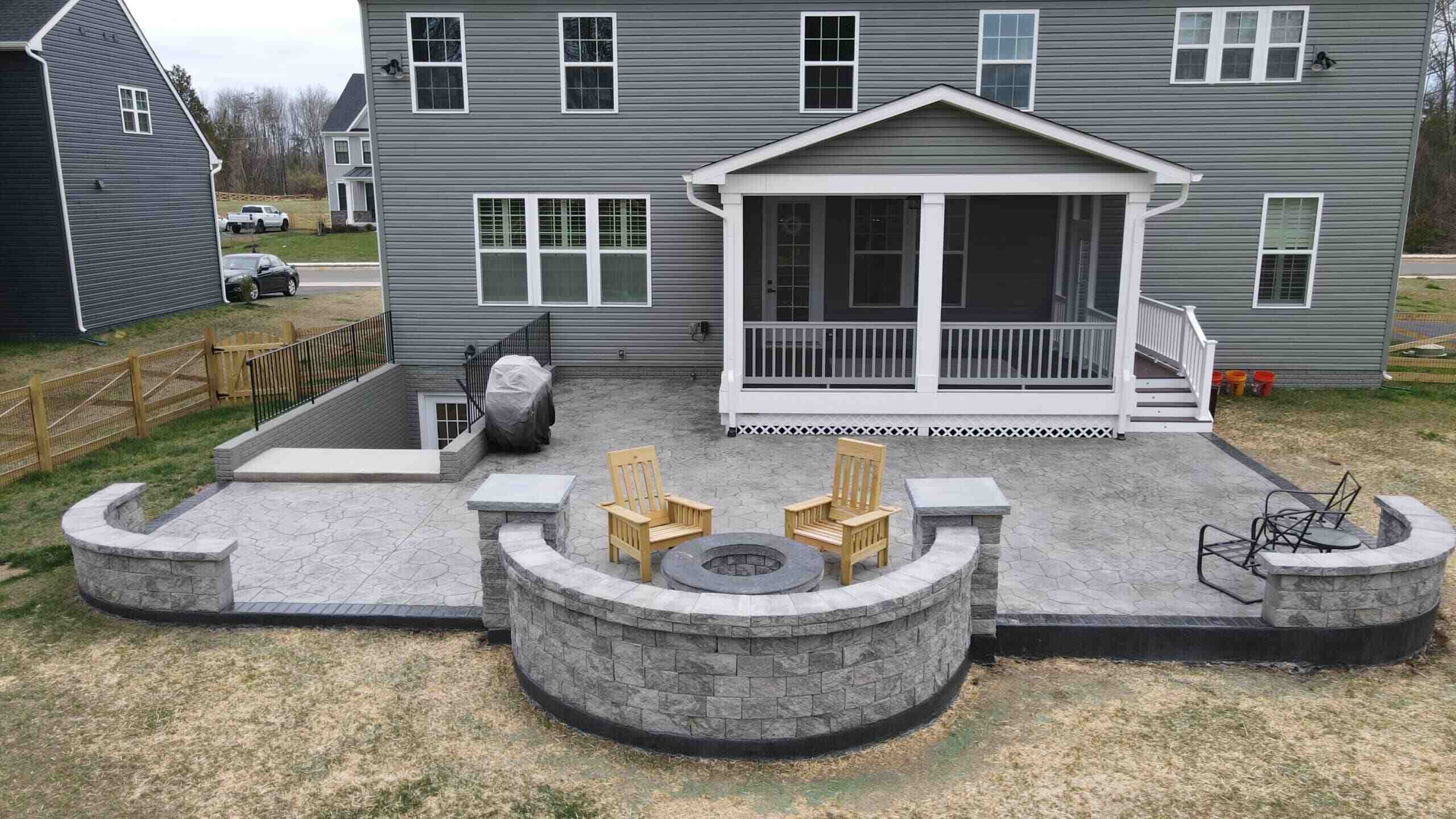
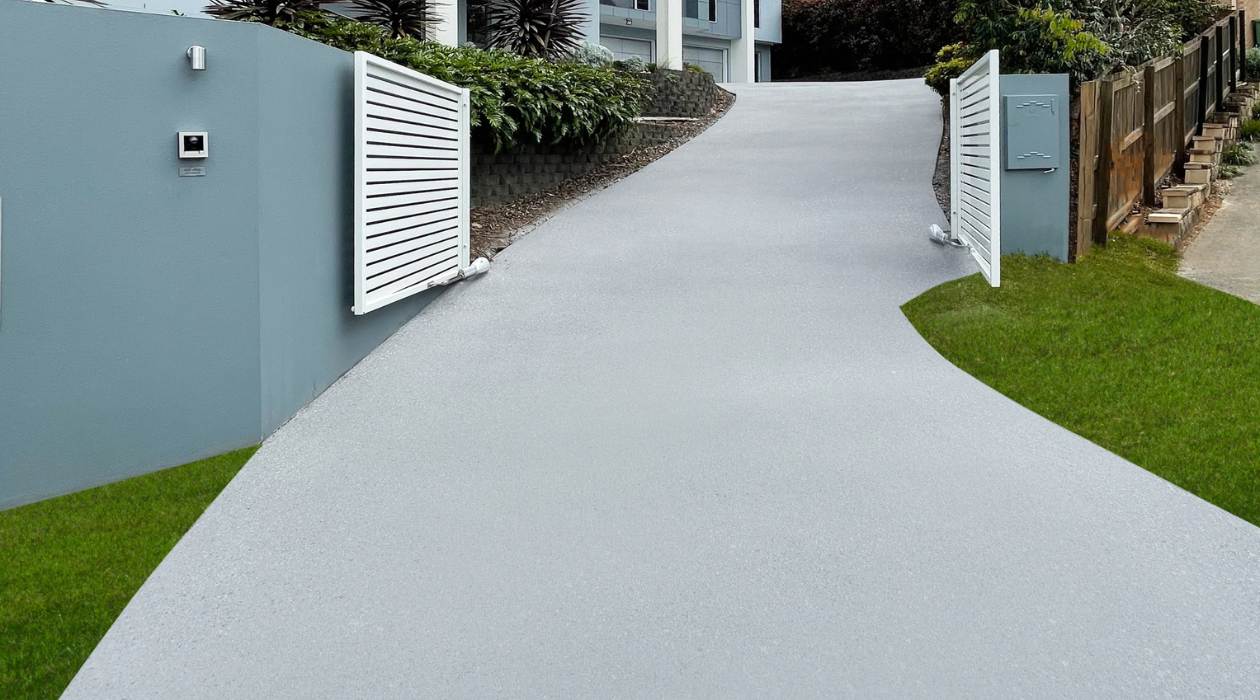
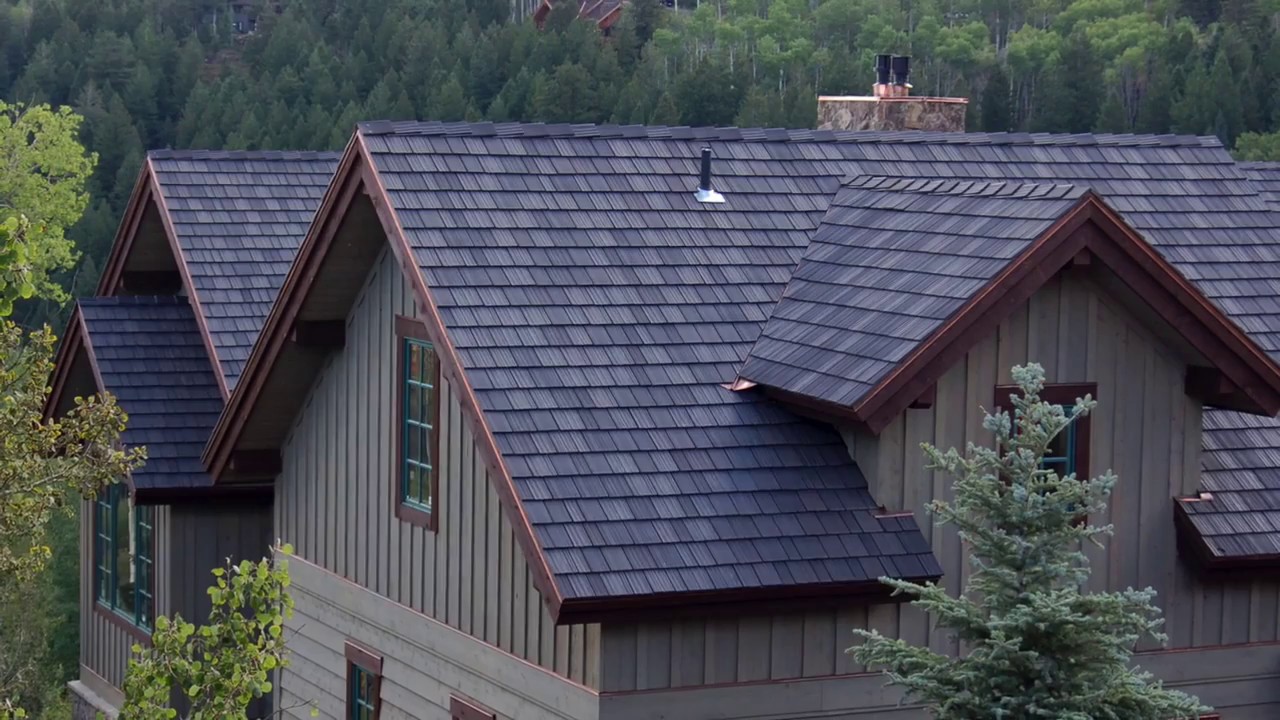

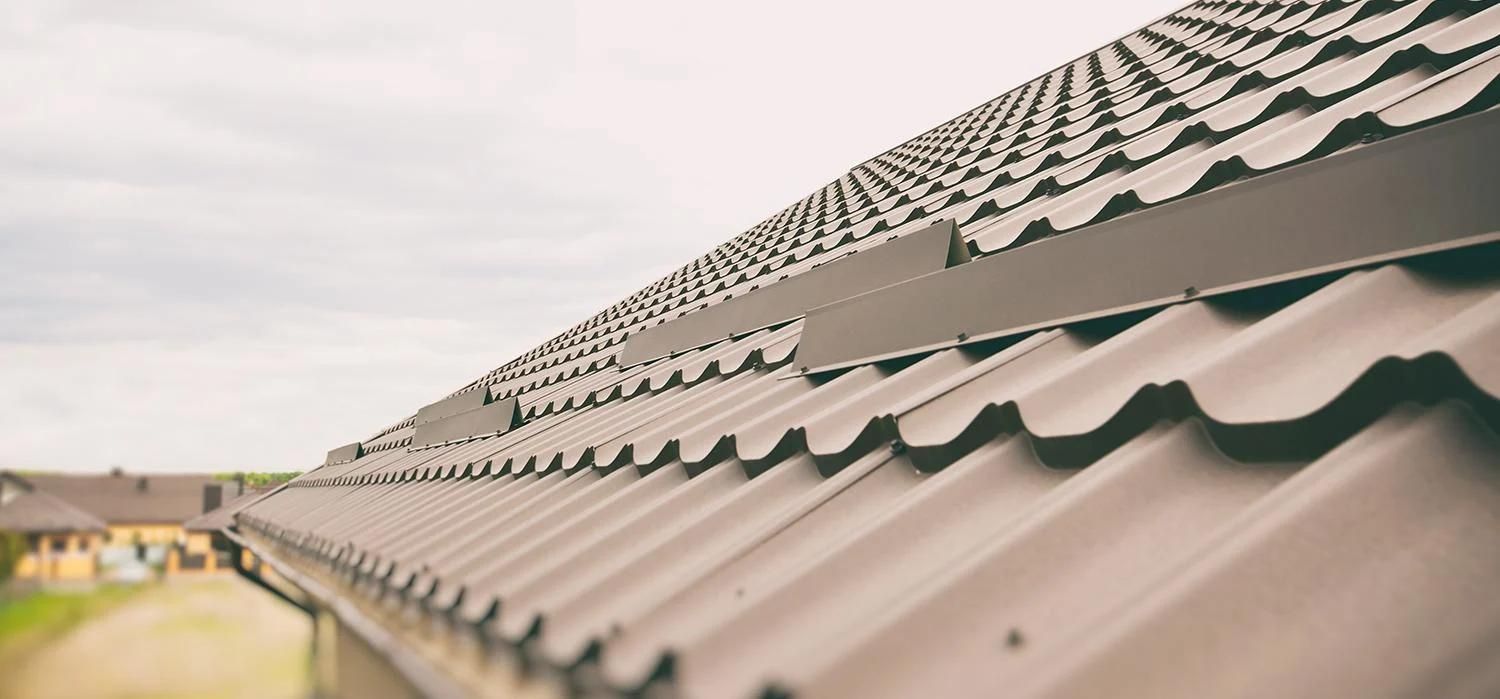
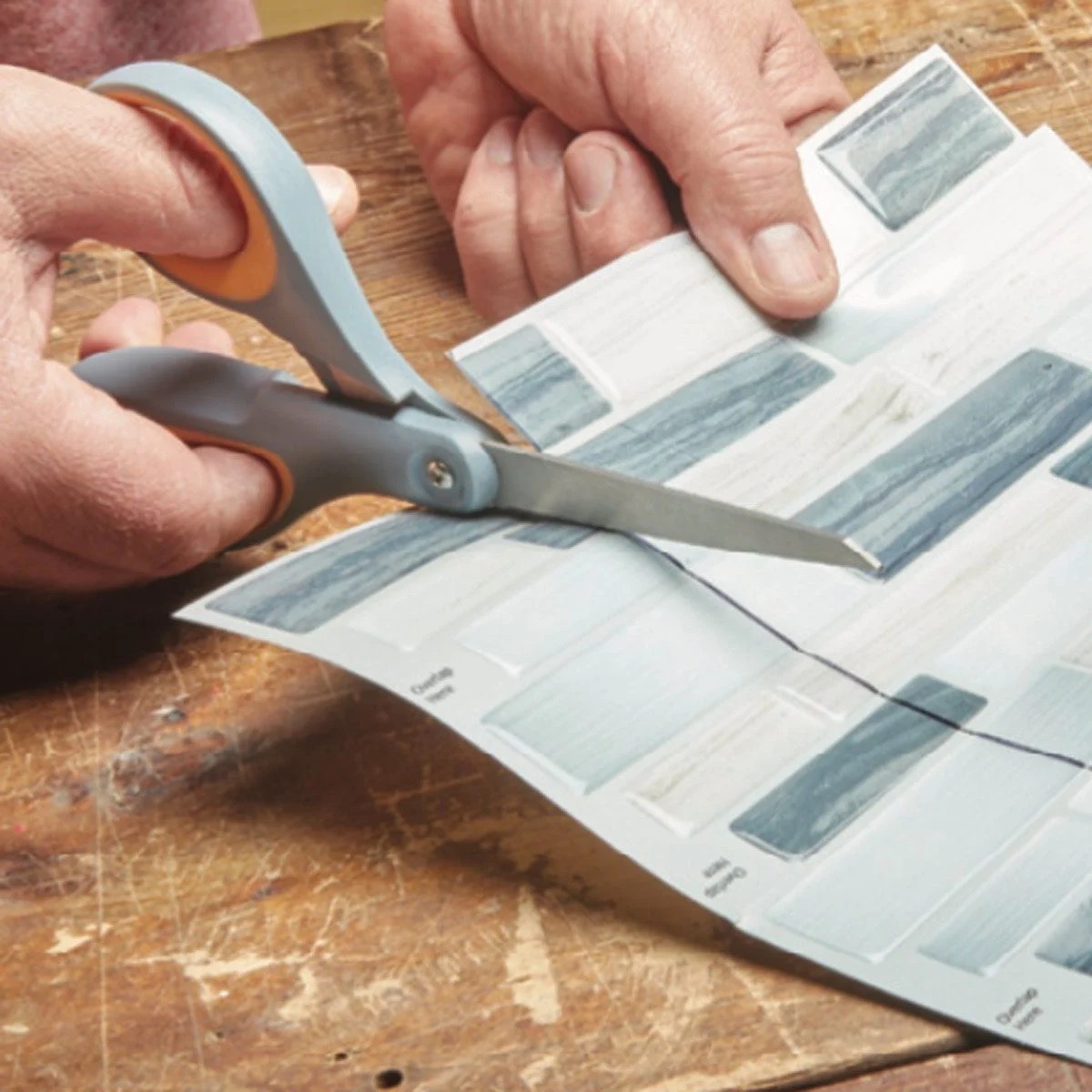
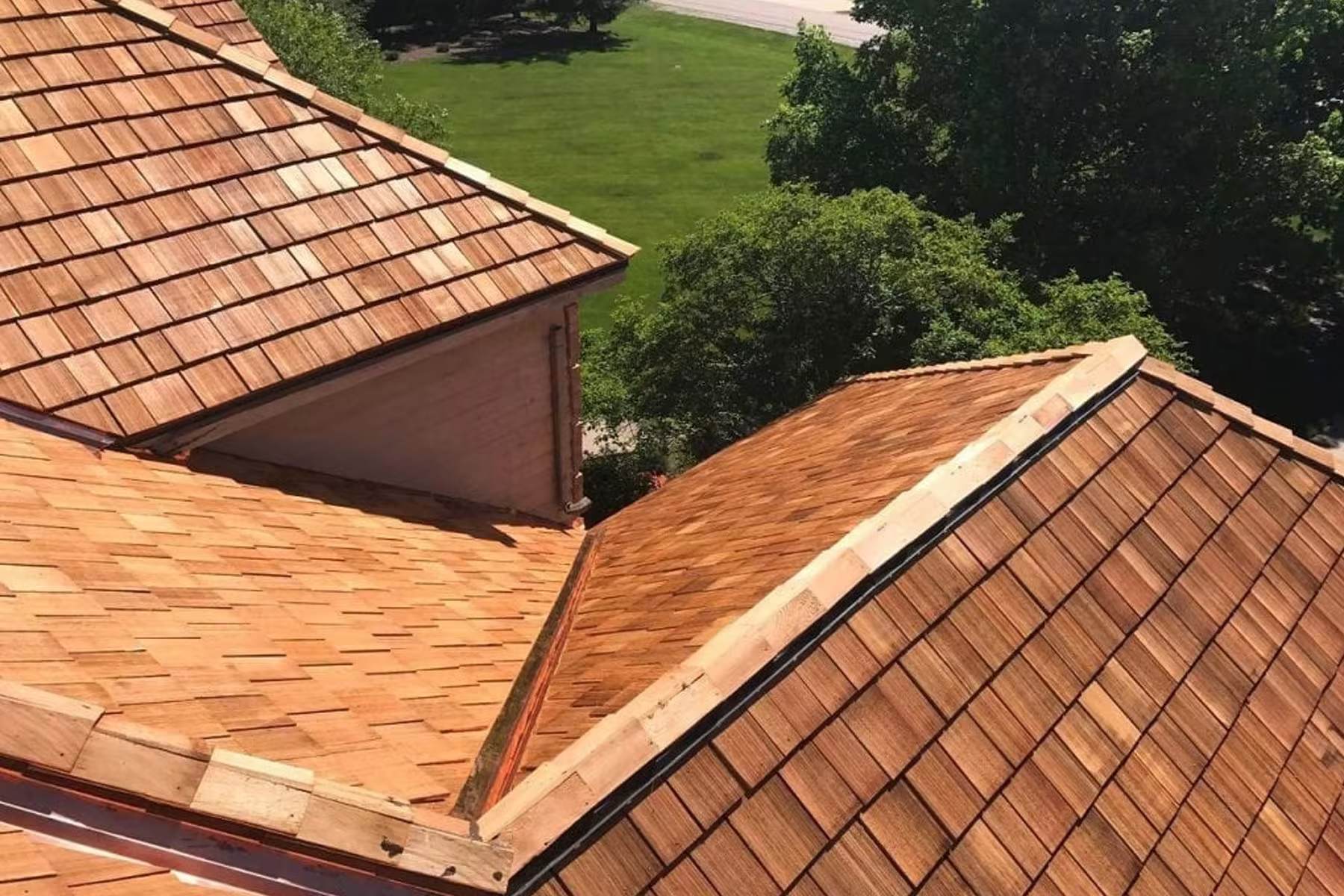
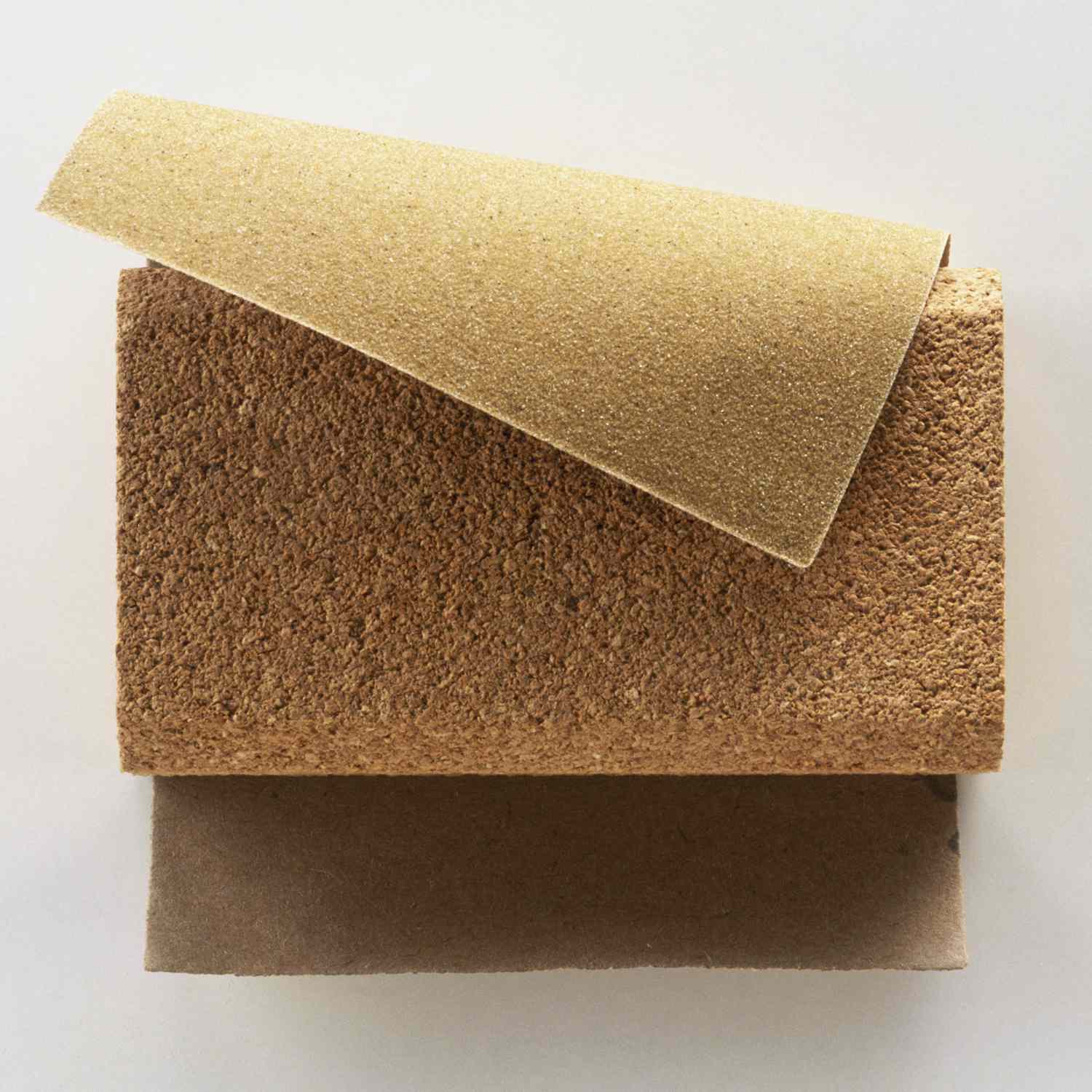
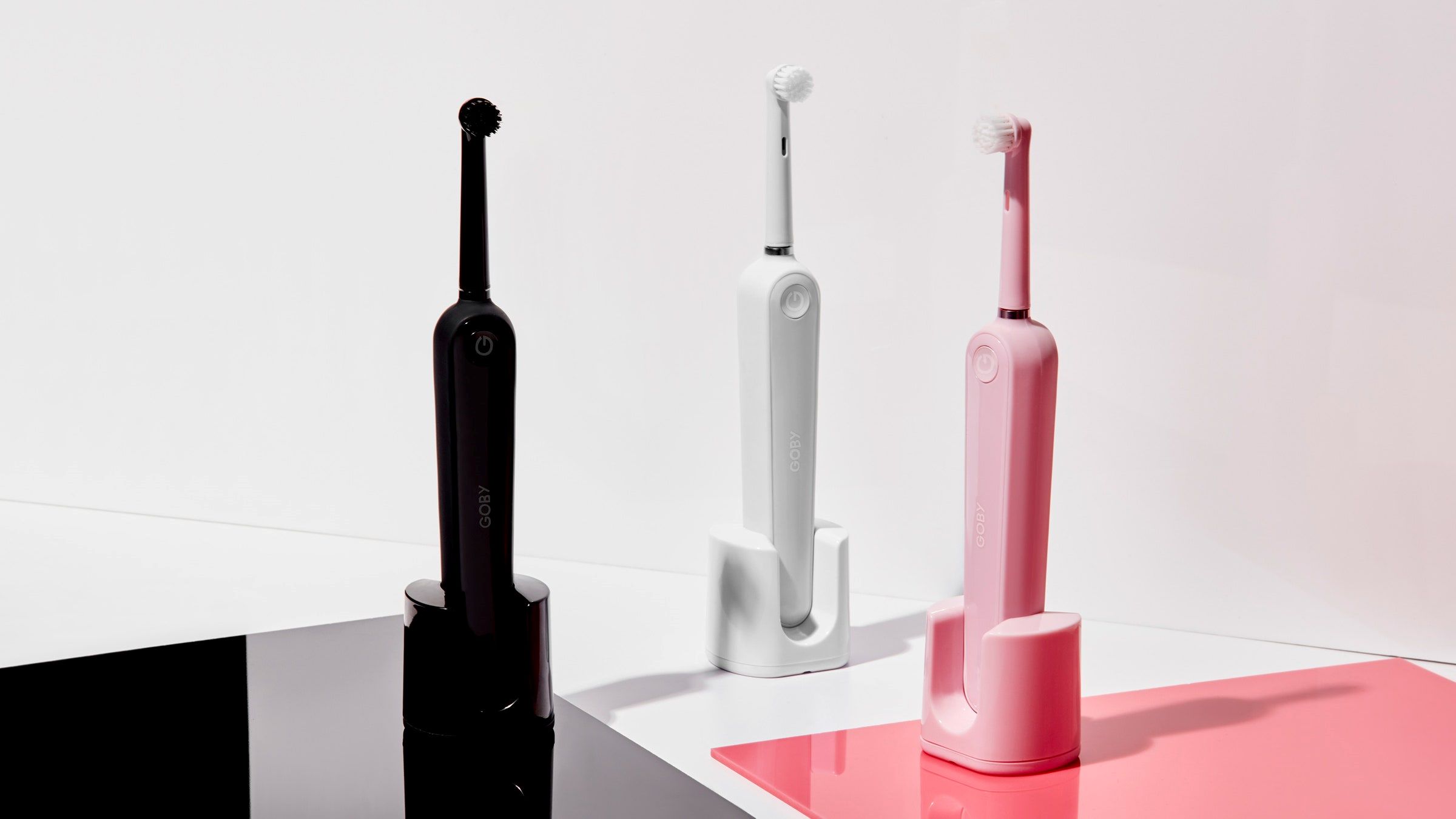
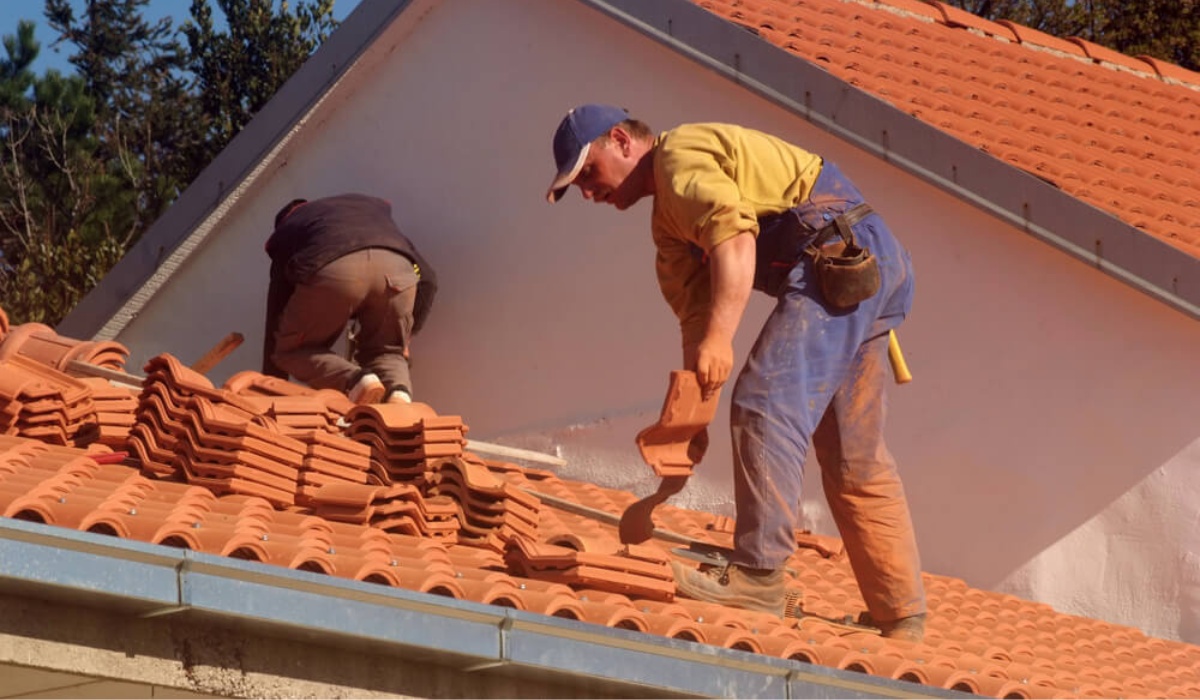

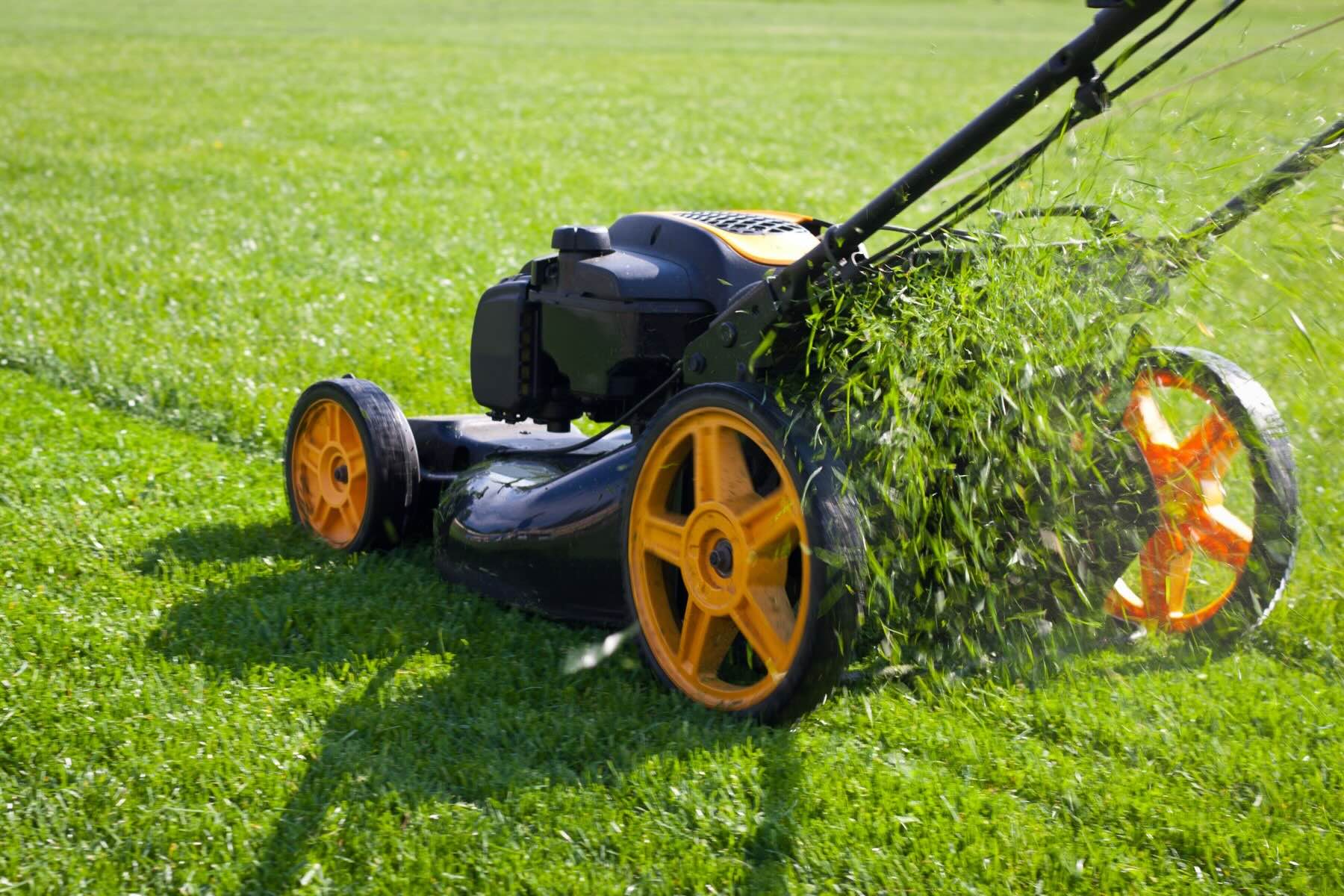
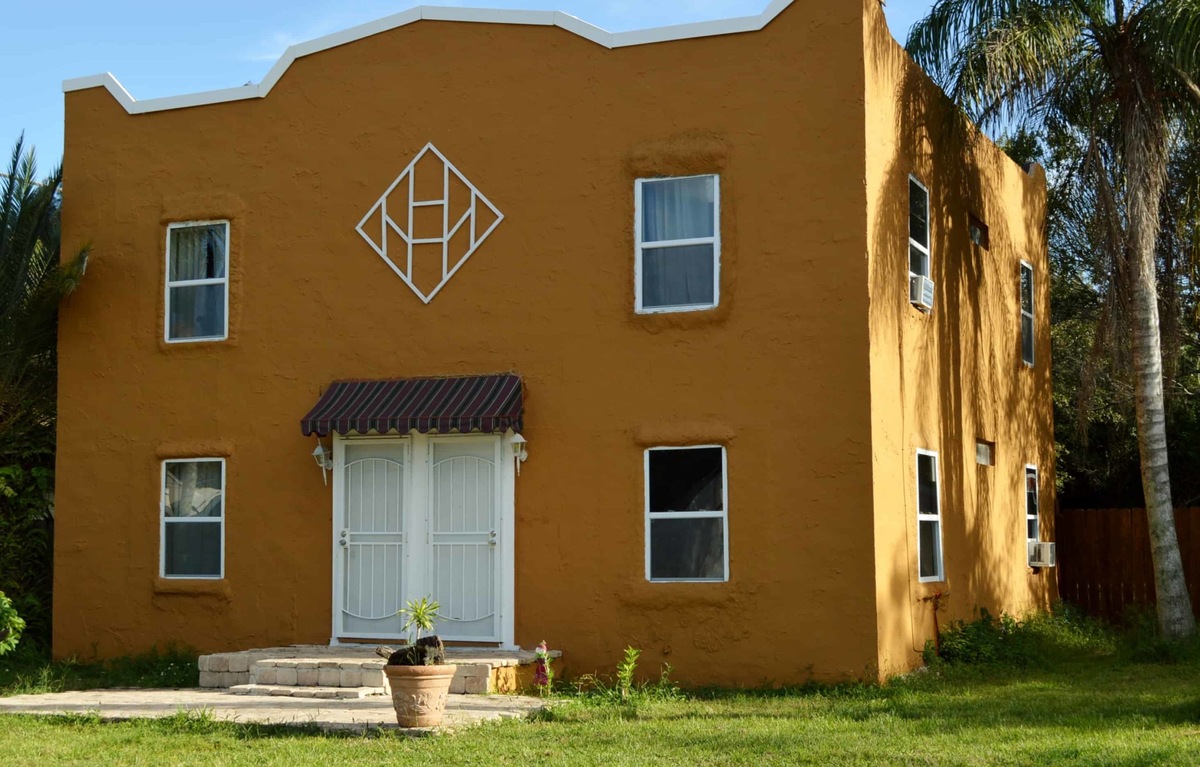


0 thoughts on “How Long Does Concrete Tile Roof Last”